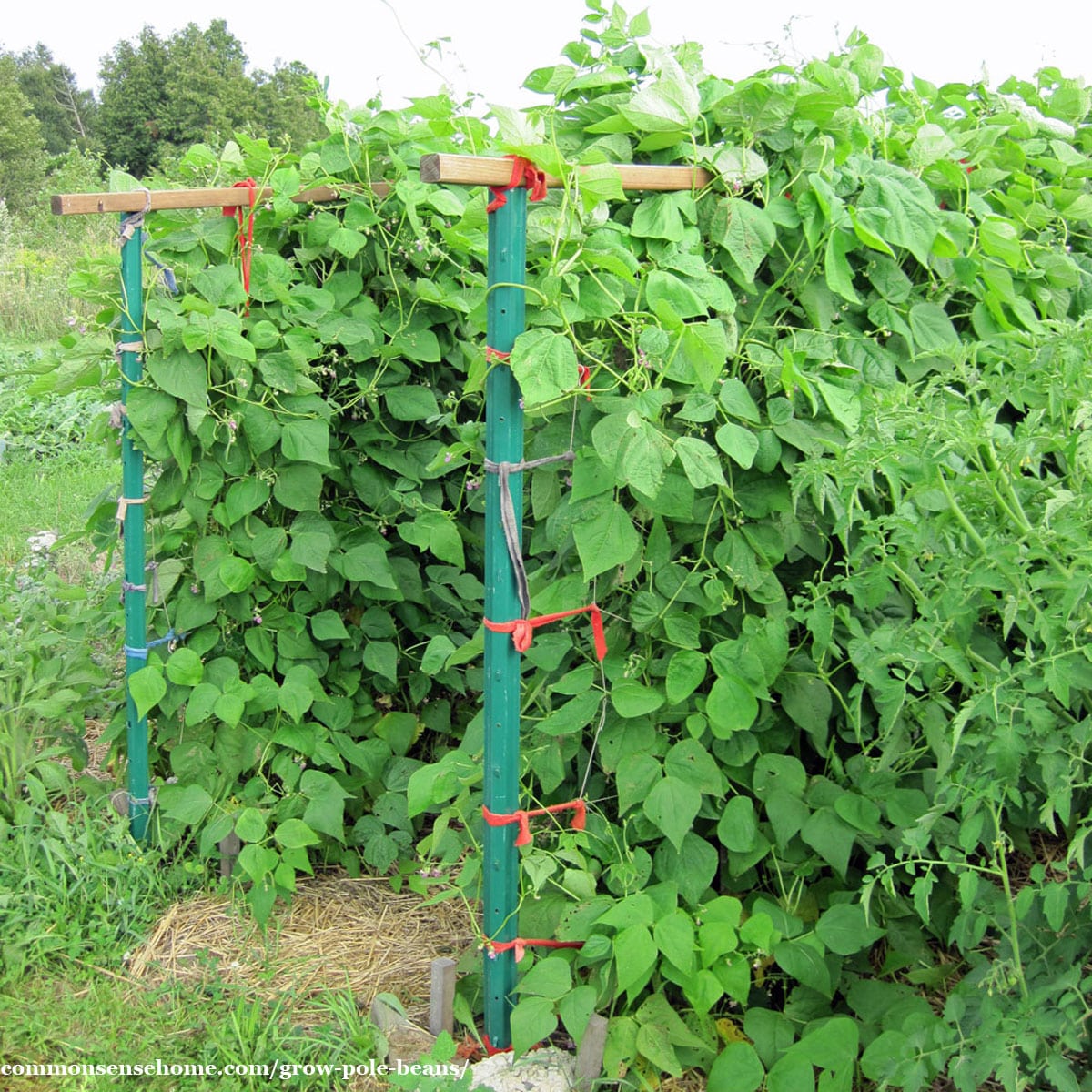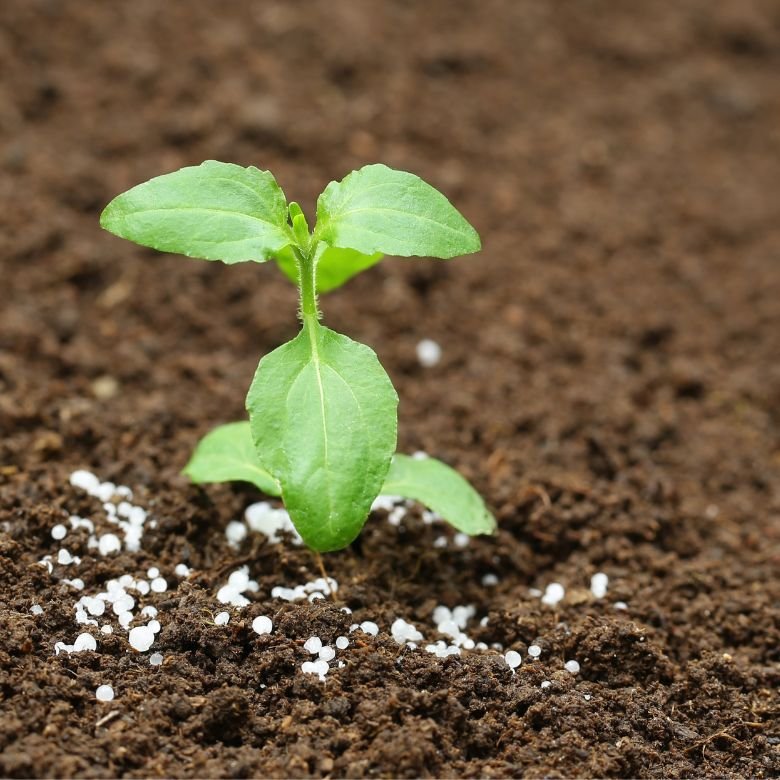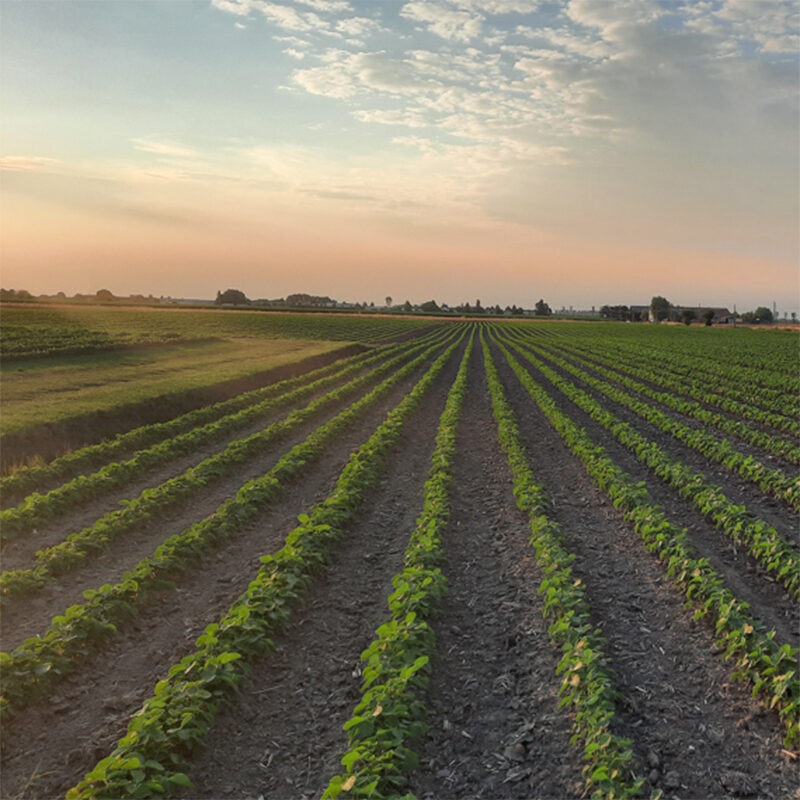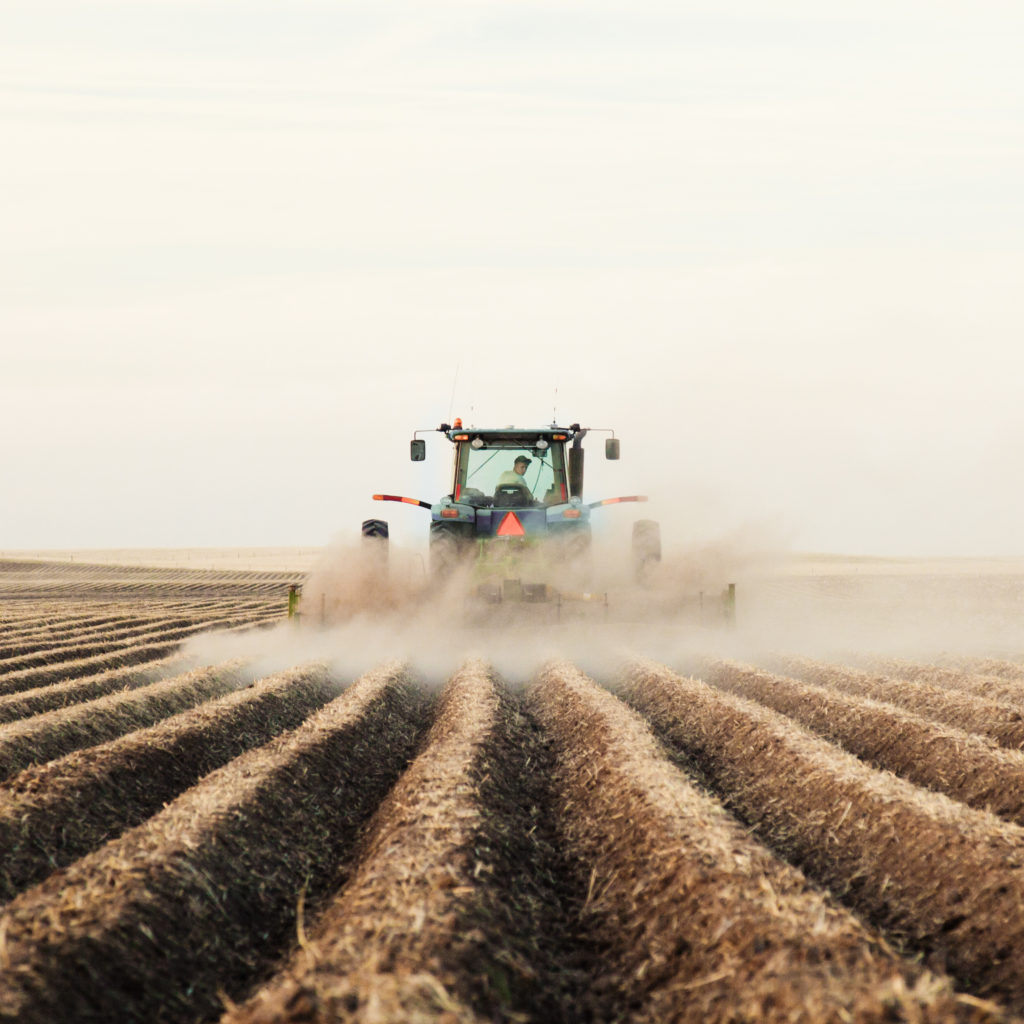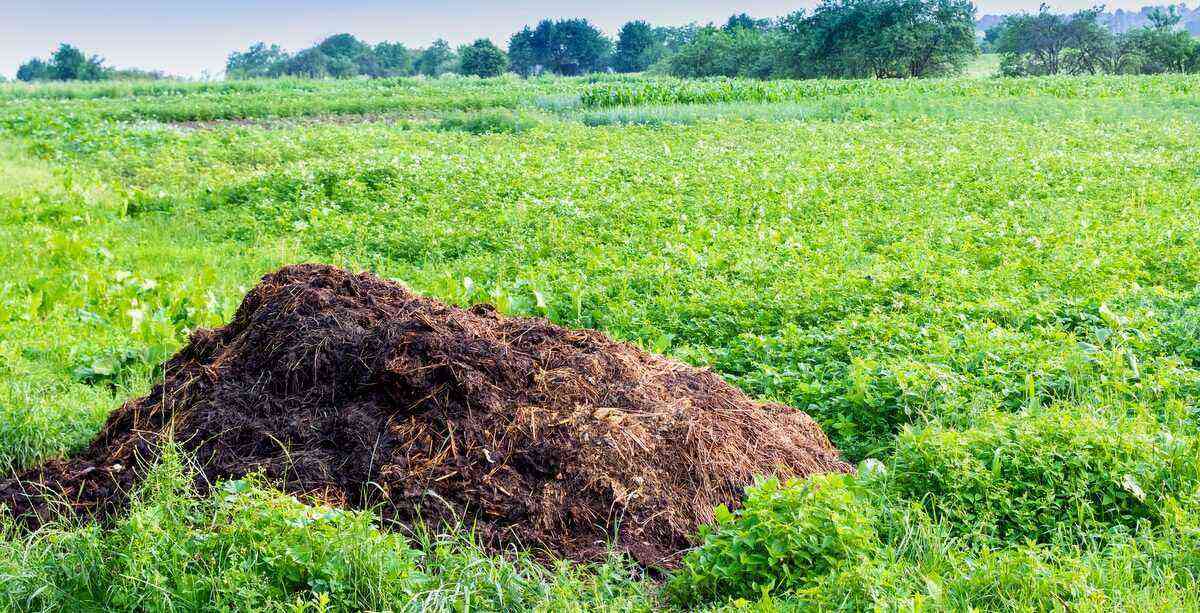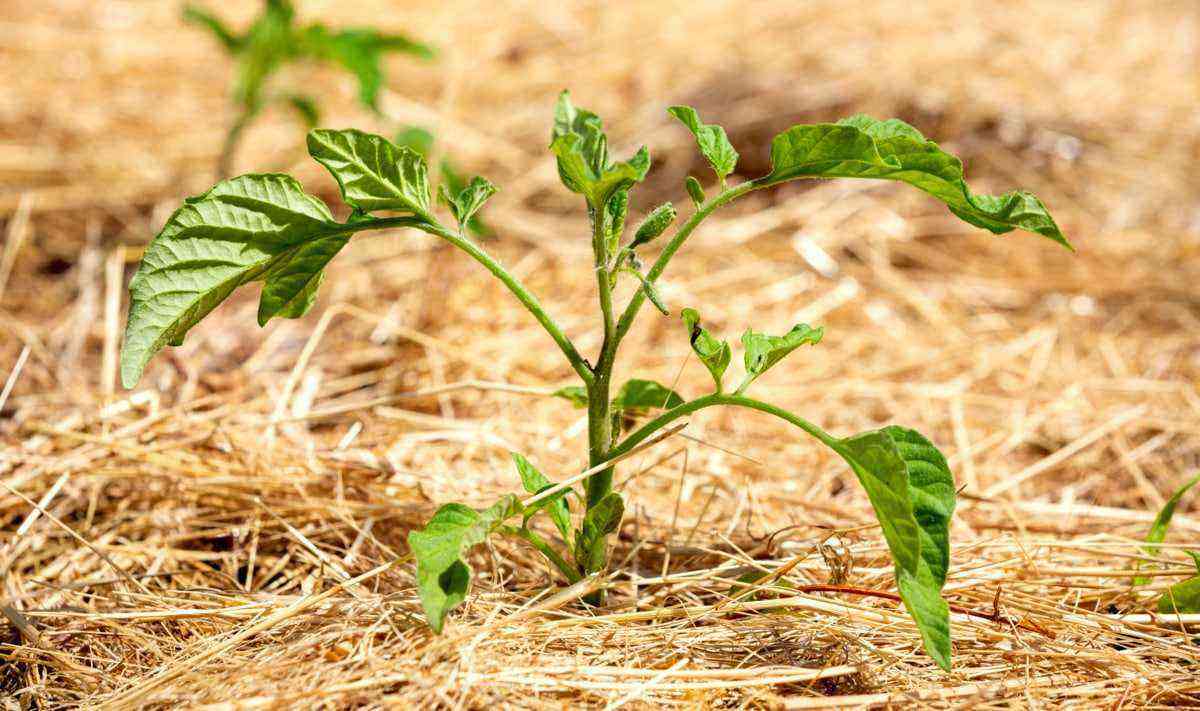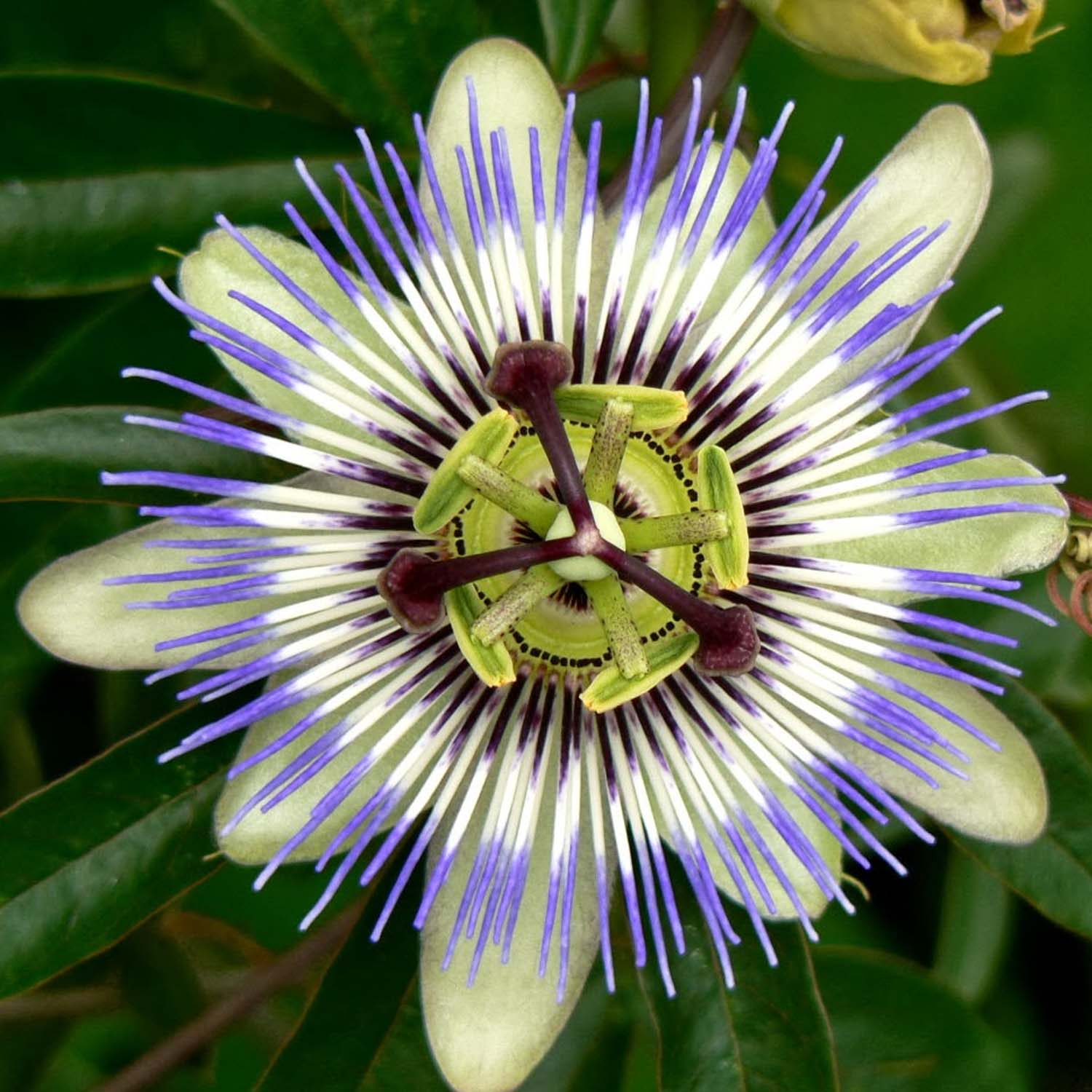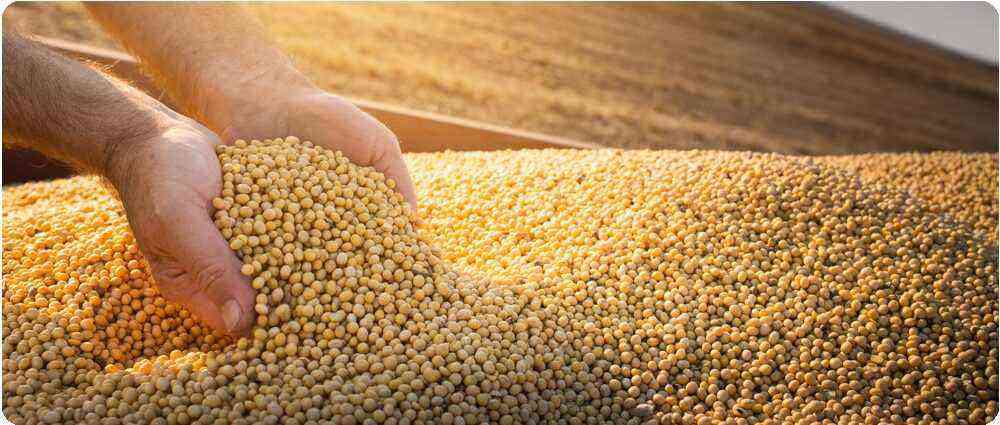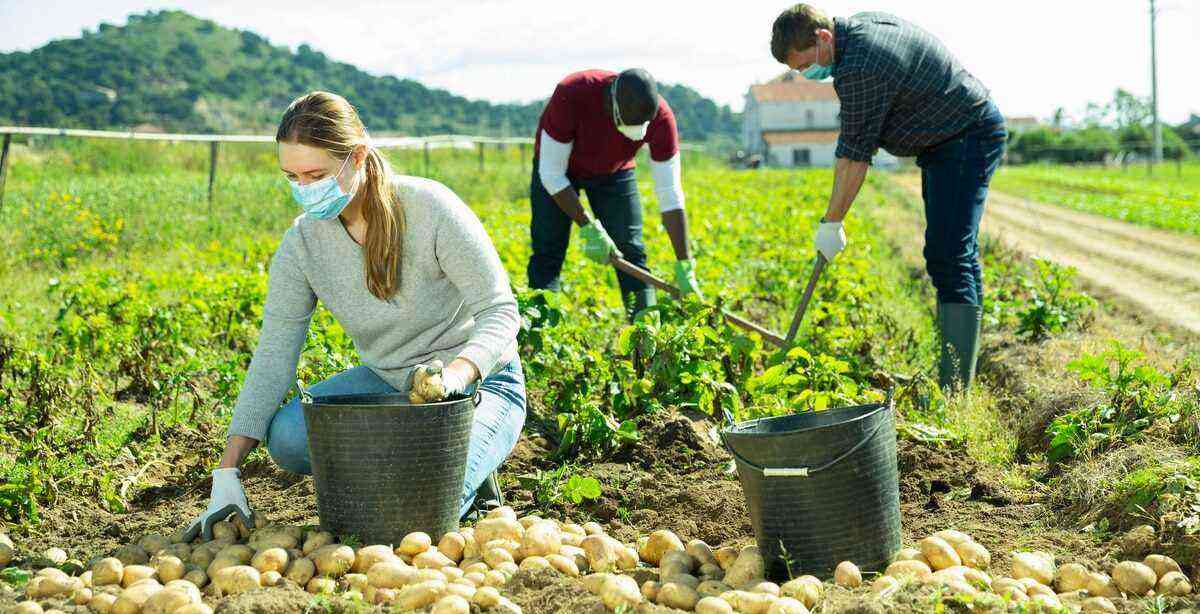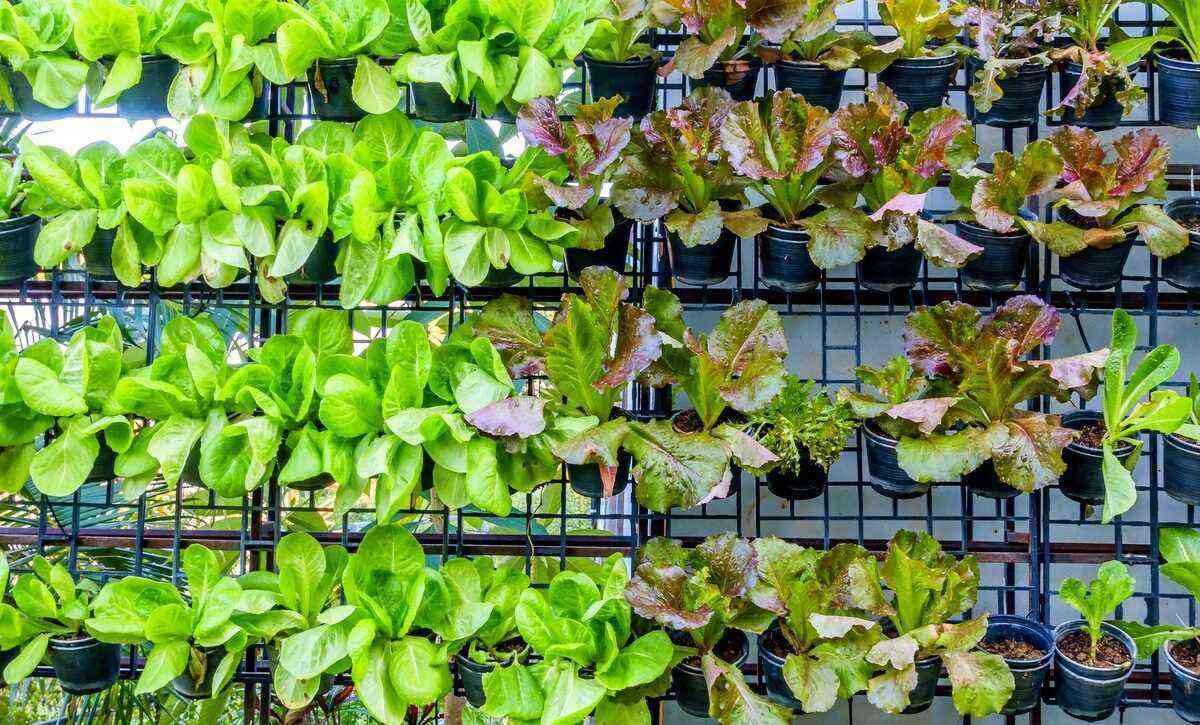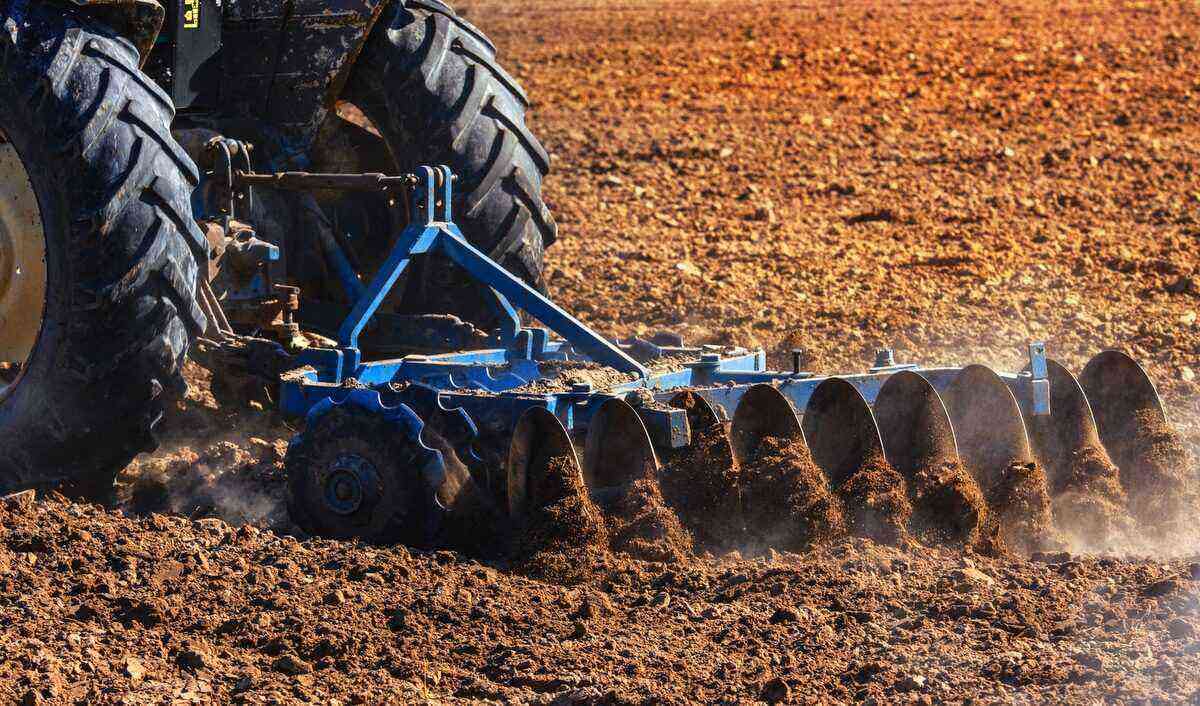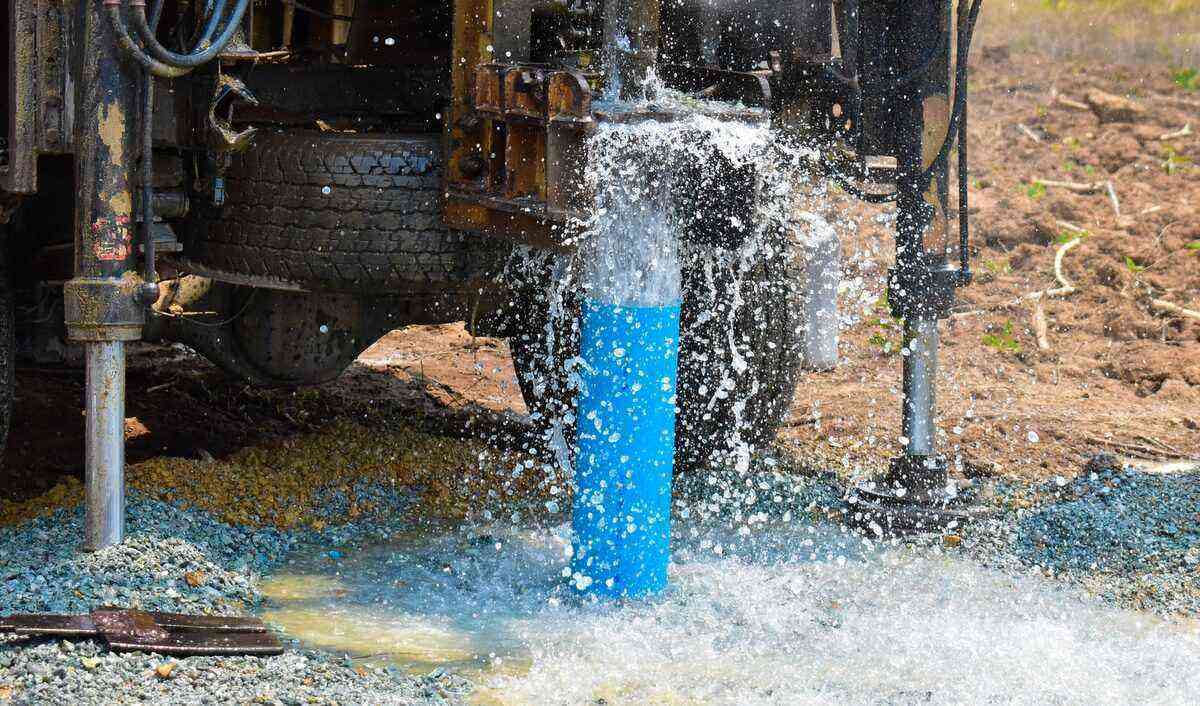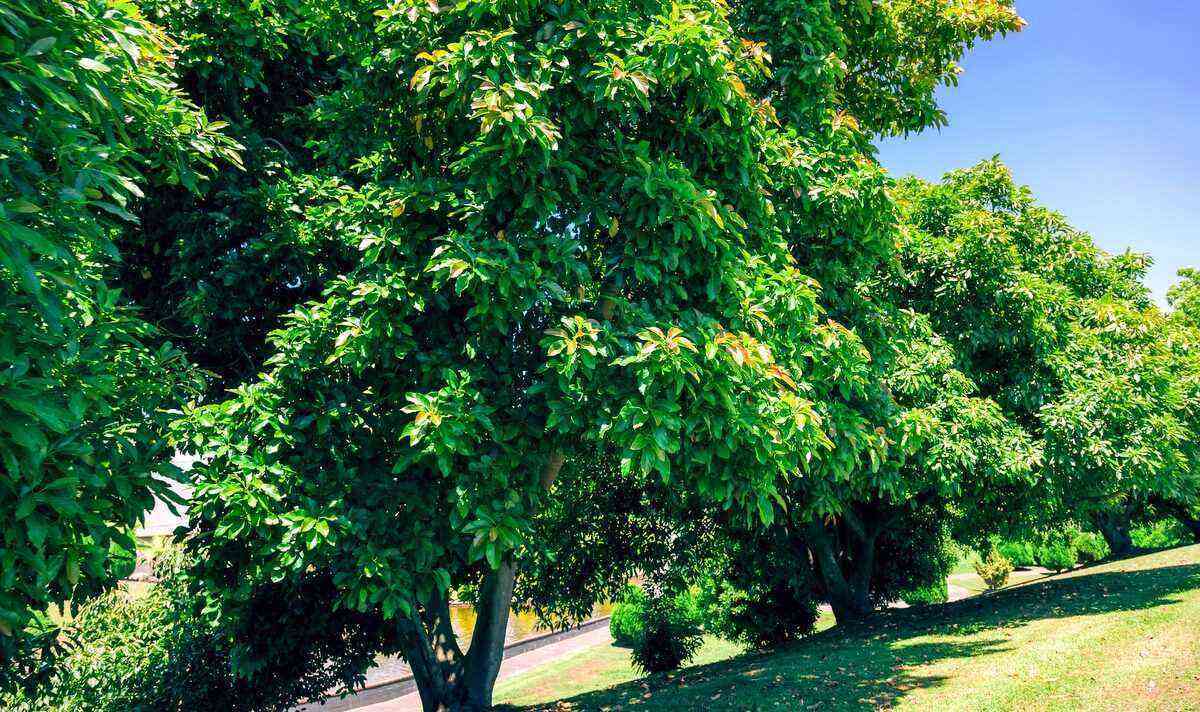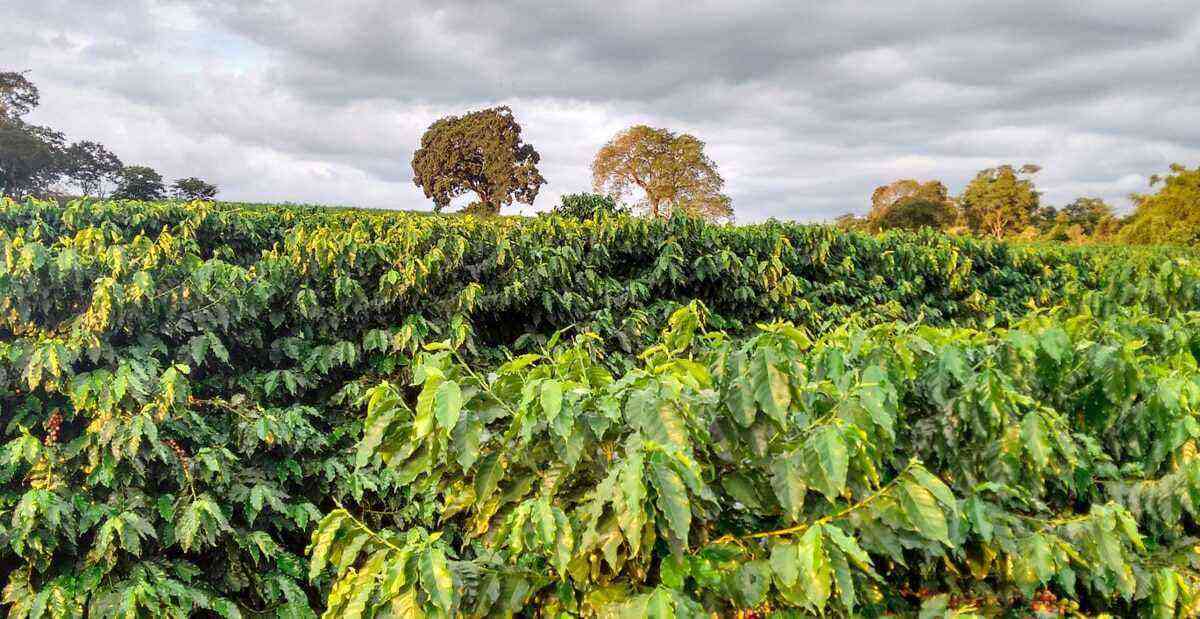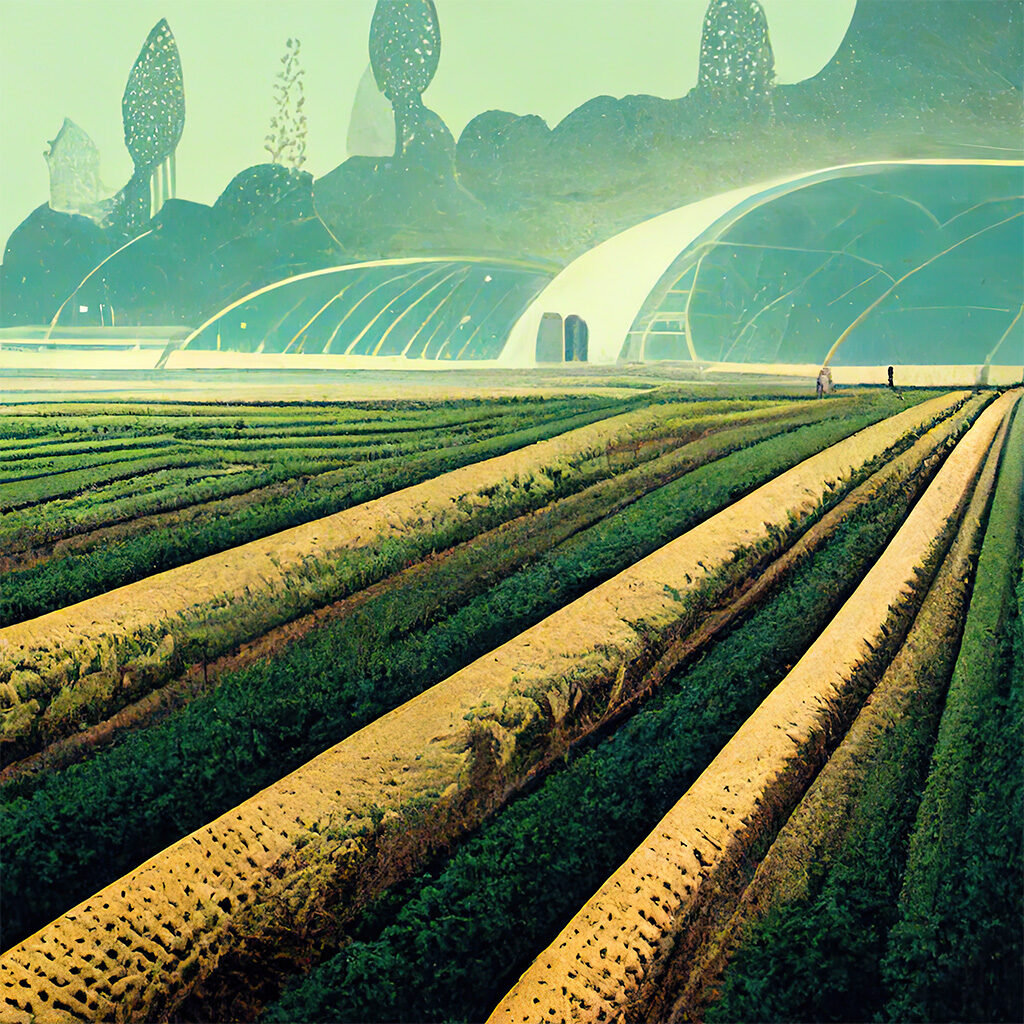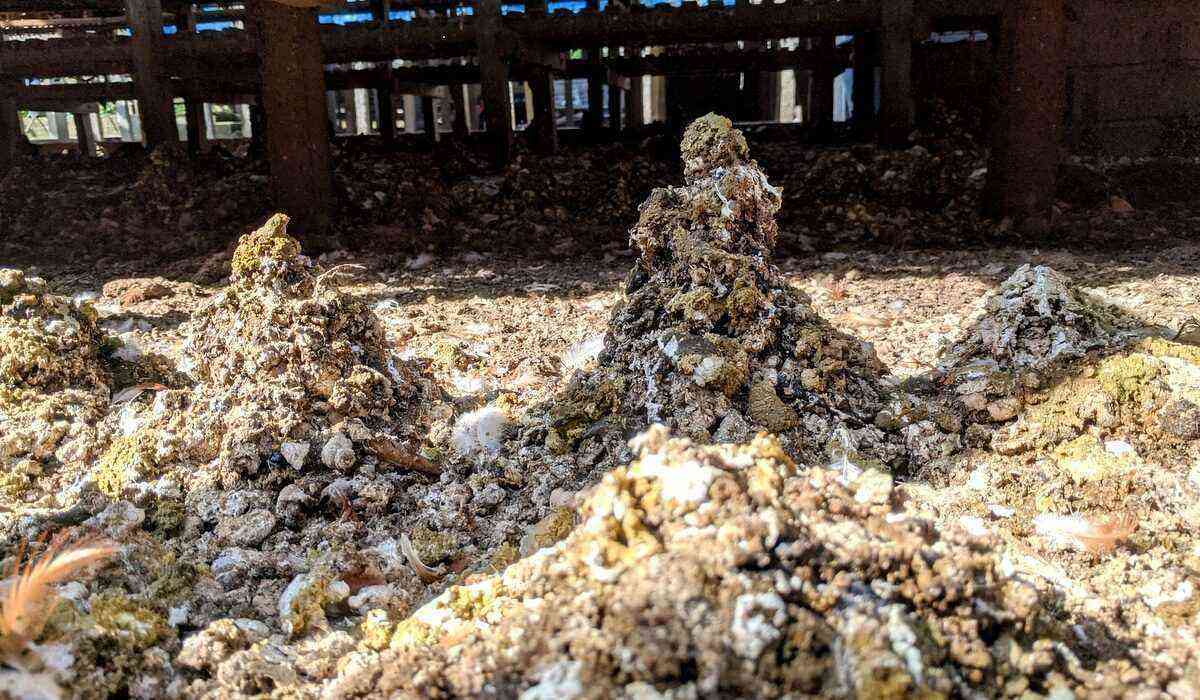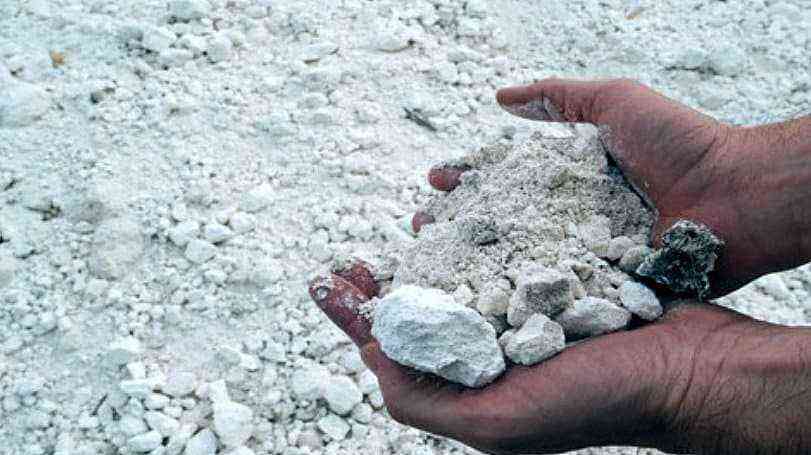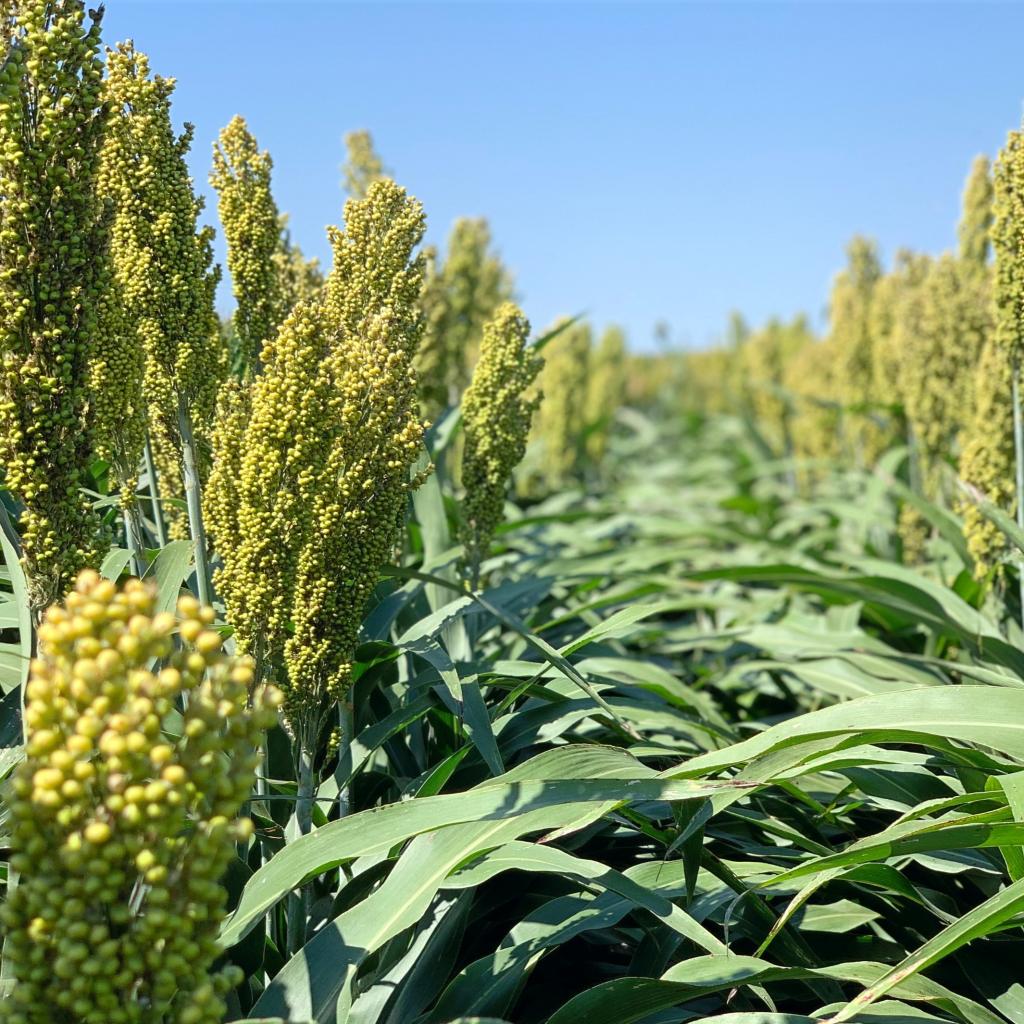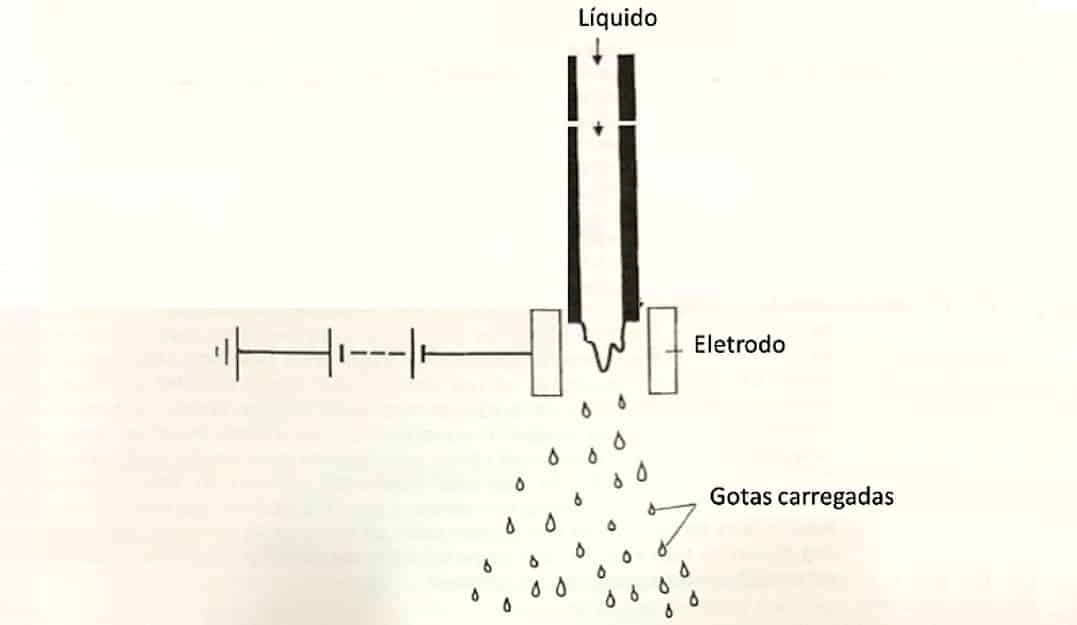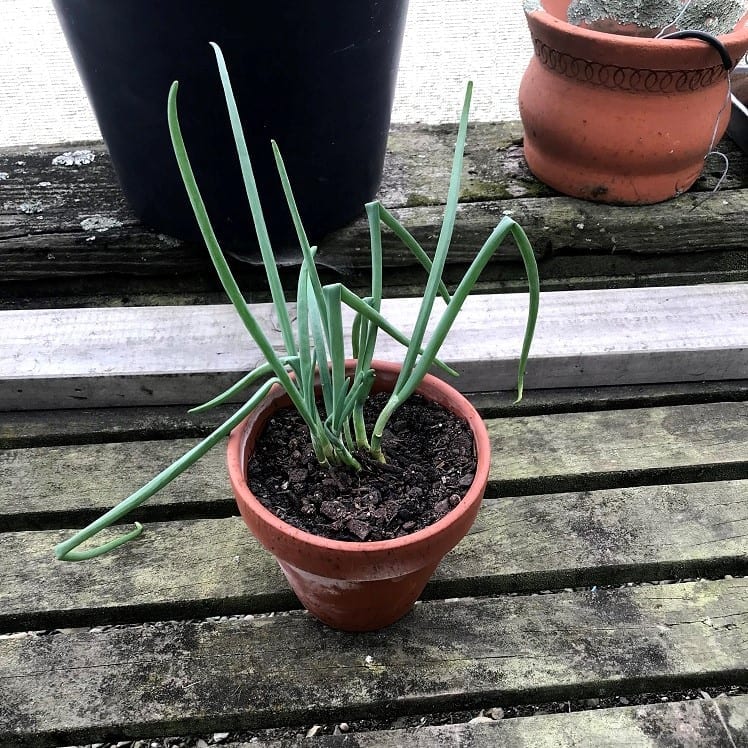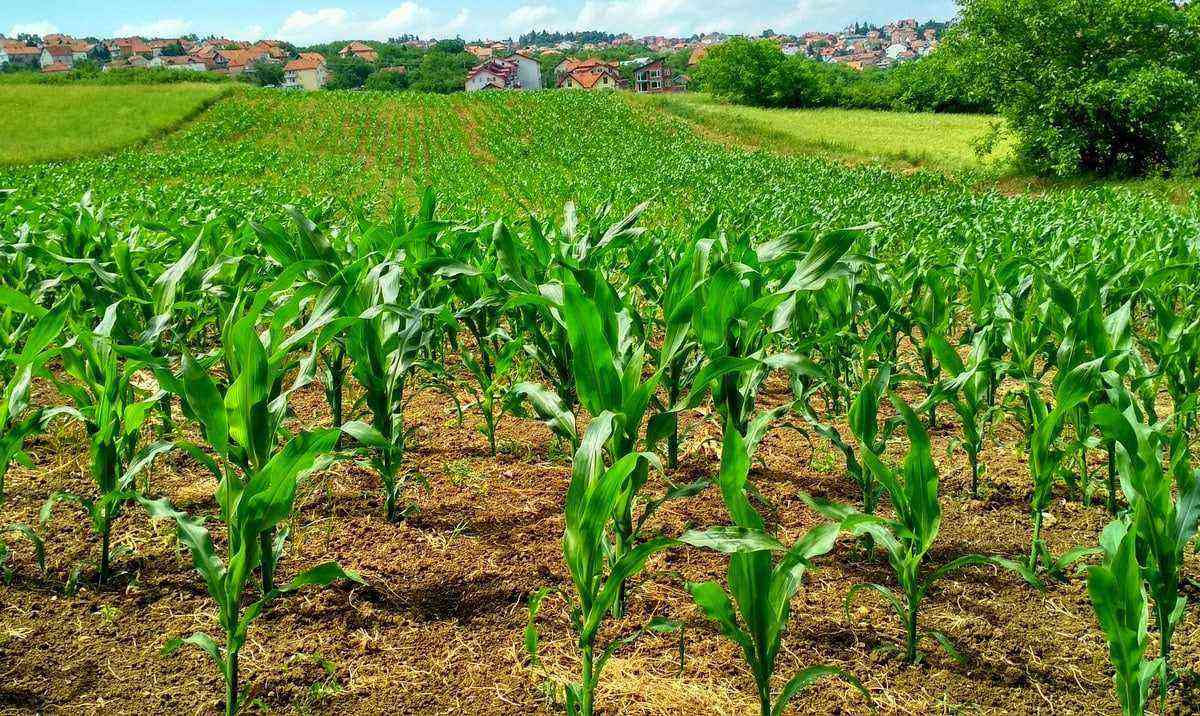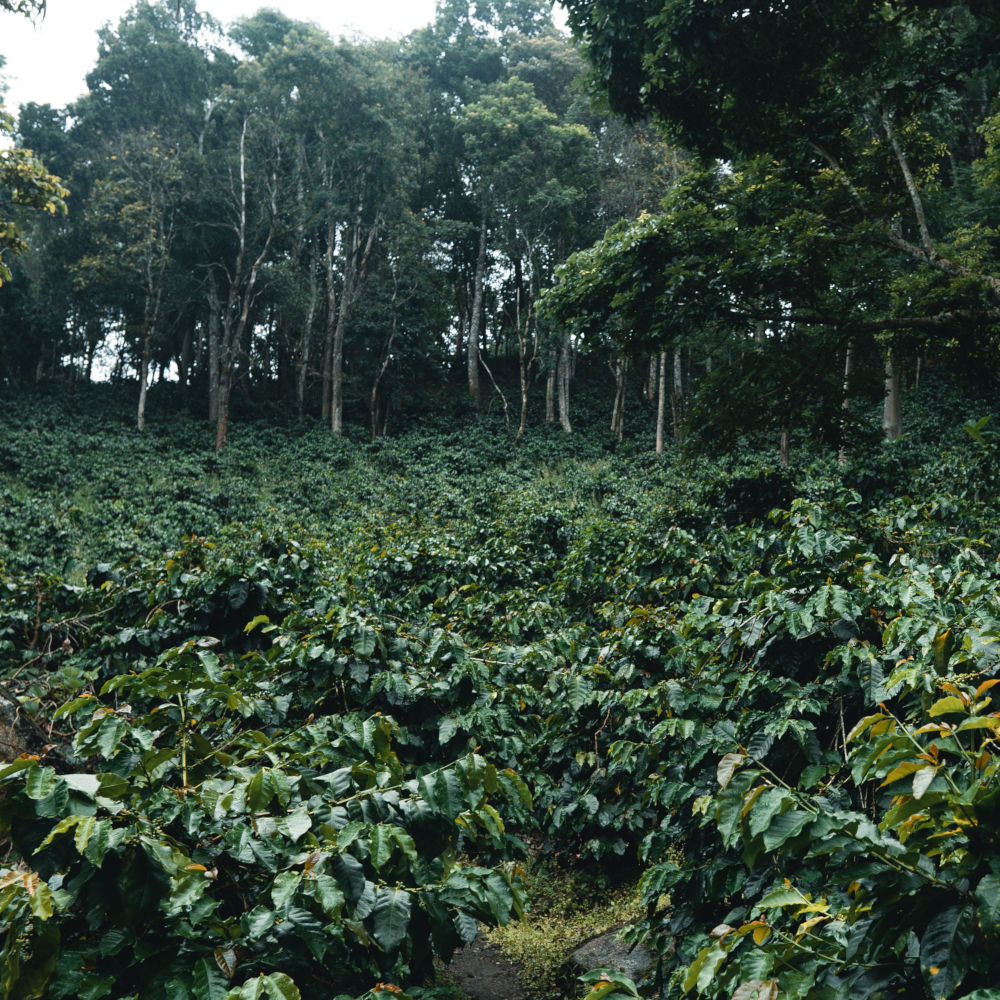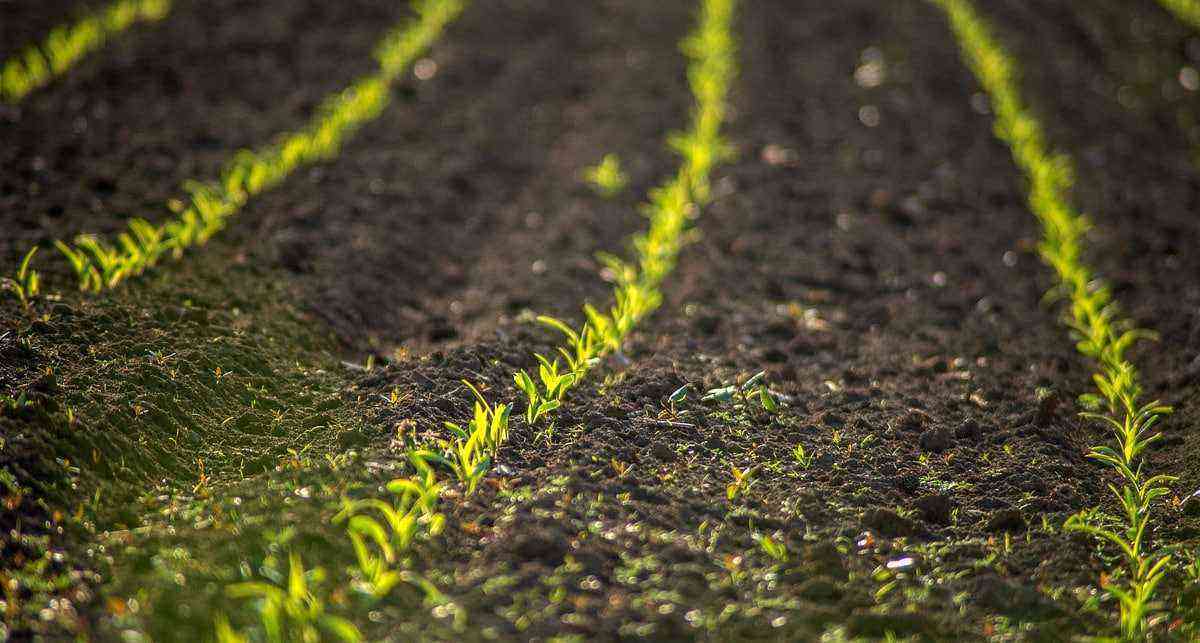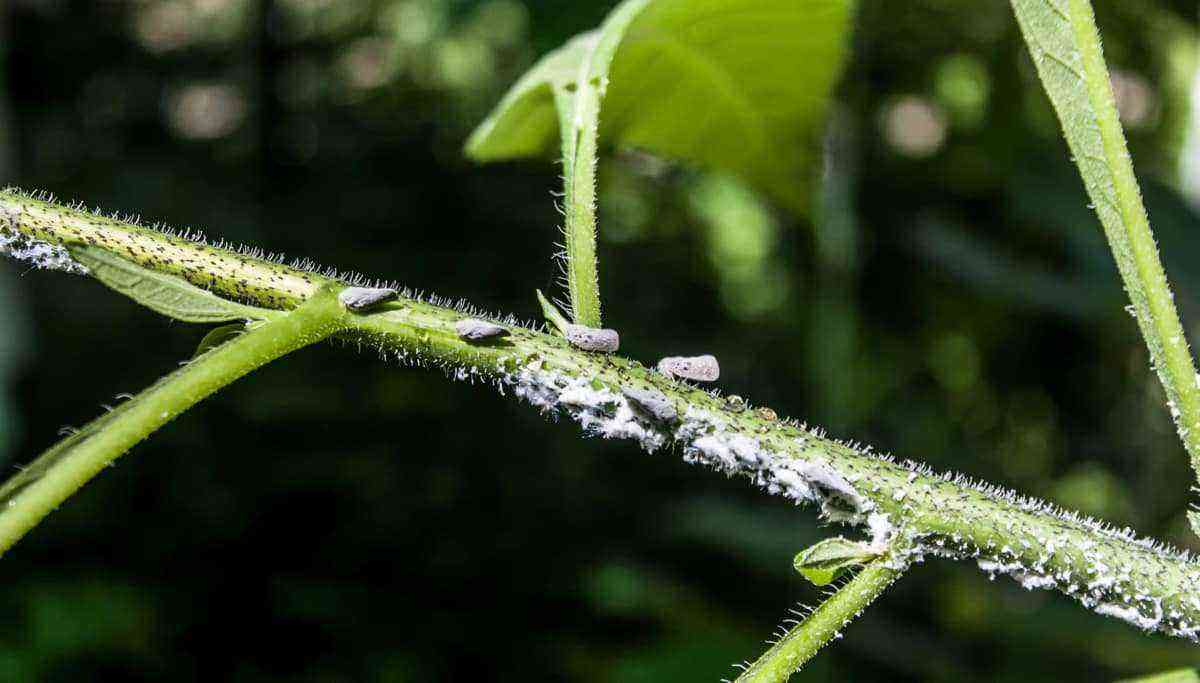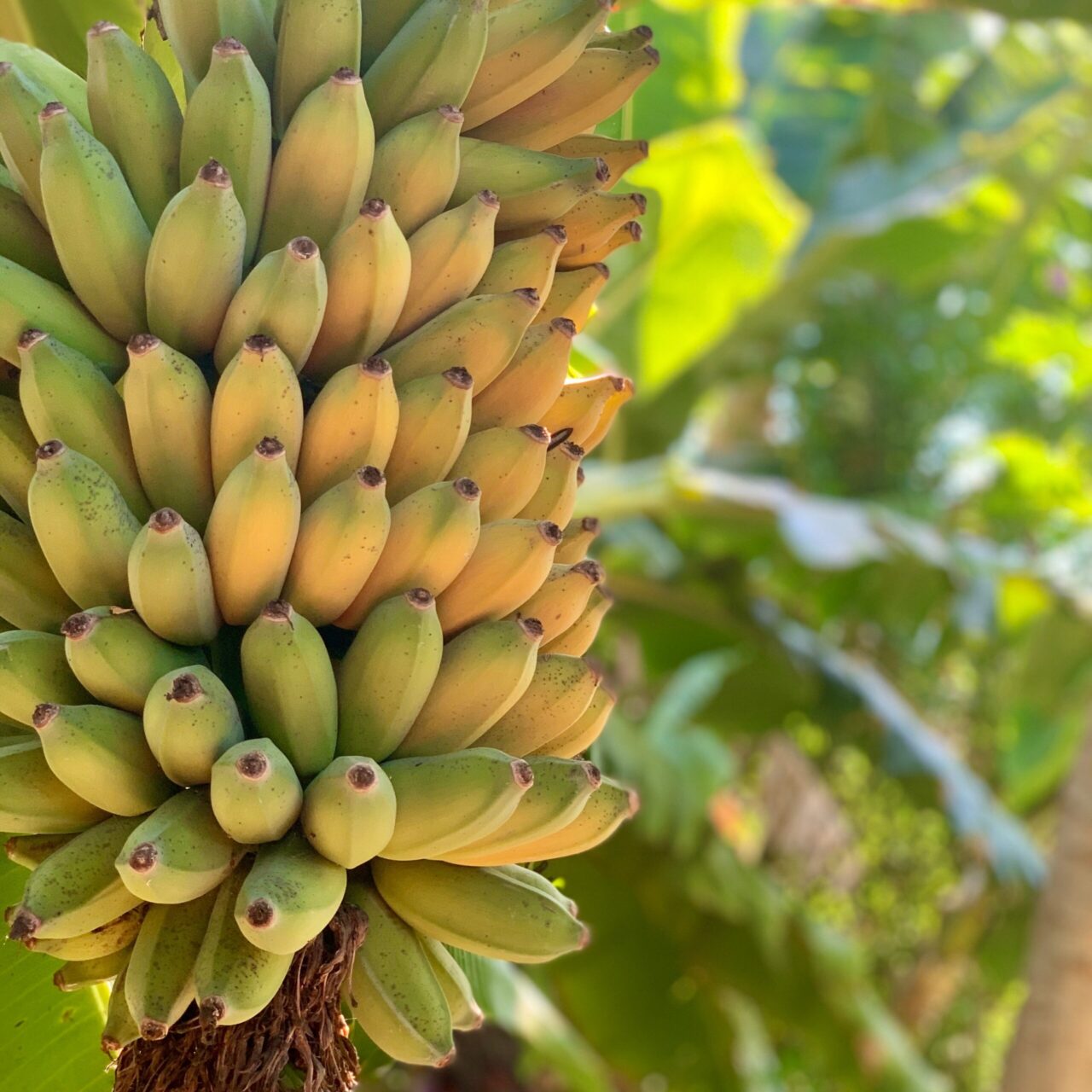In January 2020, Apex (Brazilian Trade and Investment Promotion Agency) held the Brazil-India Business Day Seminar in the Indian capital, New Delhi. On the occasion, the minister of Agriculture, Tereza Cristina, signed a contract between the two countries in which Brazil will export sesame to India and import corn seeds from the Asian country.
The agreement aims to supply the Indian domestic market as well as favoring the sesame crop, which is still recent in Brazil, with the aim of encouraging greater seed production.
In addition, the Ministry of Agriculture’s expectations are to facilitate the socio-economic growth of both nations.
Despite the agreement to import corn seeds, in 2019 Brazil was the country that exported the most grain in the world, surpassing the great power, the United States.
India and Brazil: Remarkable presences in world agriculture
Brazil is the main producer of coffee, sugar, soybeans and oranges, in addition to corn, appearing on the world stage with a 7% share of agricultural trade.
Corn, specifically, owns the 3rd largest agricultural production in the country, behind only sugarcane and soybeans.
Even with China’s growth in this sector, Brazil’s trade relations maintain the country as one of the world’s great farmers.
India also presents itself as a large agricultural country, having as its largest crops, in addition to corn, rice, oilseeds, soybeans, cotton, tea and sugar cane. It is considered the 4th largest power in the sector in the world – 47% of work in the country is concentrated in agriculture.
And about sugarcane, Brazil and India together represent more than half of world production and more than 30% of sugar production. There is a perspective on the part of the Federal Government to establish a partnership with the Asian country for the production of ethanol.
The diverse climate and the large areas suitable for vegetable production facilitate this work in India.
the indian corn
For more than two decades, India has been a reference in world corn production. Despite having gone through a severe drop in the 2016 harvest, which shook its self-sufficiency in the grain, the Asian country has recovered and appears again as a major producer.
However, in spite of being a great producer, the Indian nation promotes that the crops are first directed to domestic consumption, favoring the domestic market. Surplus products are directed to exports. This enables more production and, consequently, more harvest and participation in the agricultural trade.
Brazilian sesame production
The cultivation of sesame in Brazil is relatively new and its production is practically all concentrated in the center-west of the country.
Despite the fact that the domestic market is still small, production guarantees good returns precisely because of foreign demand, boosting seed export numbers. Europe and Asia are the main consumers of sesame.

The sesame market in Brazil tends to grow
The choice of growing this seed has even replaced soybeans and corn in the second harvest, due to two factors: low production costs and adequate weather conditions. As corn, for example, depends on the rains to produce, sesame can grow without so many demands, making its planting more viable.
Now, with the agreement with India, the expectation is that more producers will invest in sesame. To give you an idea, the price of a kg of sesame went from R$1,80 in 2018 to R$3,50 in 2019. This demonstrates the good return that this crop brings and should gain more space in other regions of the country, especially now with the Union’s incentives.
On the other hand, there is still little research on the seed and, because of this, planting still represents a blind spot for producers. Research is necessary to study the product, improving its quality through more suitable and prepared ways of cultivation.
The corn crop in Brazil
The third largest producer and, currently, the largest exporter of the grain in the world, Brazil should experience a relatively lower year than 2019 in terms of corn.
The estimate is that Brazil produces approximately 104 million tons, 3% less than last year. This deficit is expected, mainly, due to droughts and fires, delay in planting and, precisely, due to the high volume of exports. But there is another reason: the decrease in hectares of this plantation, which fell from 18 million to less than 17,6 million.
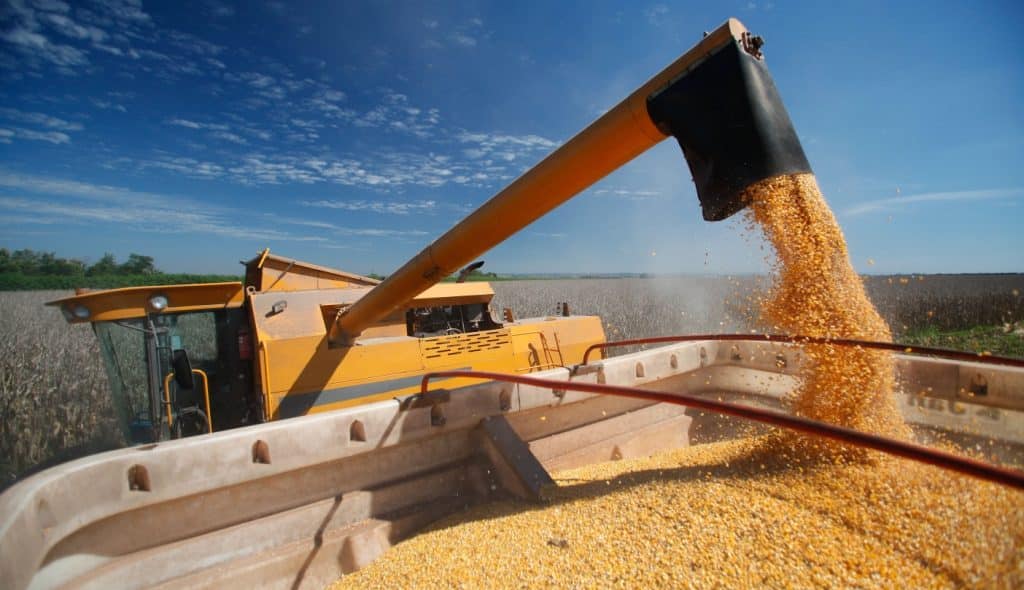
In 2020 Brazil should produce 3% less than last year.
Due to this lower productivity, stocks of inputs for poultry and swine feed may be out of date, which is a cause for concern, as 96% of corn production in Brazil is used for animal feed.
The Federal Government, then, opted for Indian corn seeds, with new technology, to open new paths for grain producers in Brazil.
The advantages of the agreement
The first major interest in this business is to strengthen the relationship with India, a country that, like Brazil, is considered an emerging country and is part of the BRICS (Brazil, Russia, India, China and South Africa). This approximation is intended to facilitate imports and exports between the two countries, in order to supply both domestic markets.
Another positive point is the possibility that, in the near future, there will be room to export more agricultural products to India.
All this causes strengthening of the Brazilian domestic market, the economy and even more gives visibility to Brazil’s investment in the world.
But in addition to the corn x sesame deal, other deals were closed. Among them, the development of projects for animal production and research, including trade in animals and genetic material for livestock and fisheries. A collaboration on technical training and research in bovine genomics was also signed.
There is still an expectation that Brazil will help with resources to build a center of excellence in dairy farming in the Asian country.
Interest in more Brazilian and Indian export and import agreements was also declared, such as avocado, citrus fruits and wood (Brazil), and millet, sorghum, canola and cotton (India).
Do you want to receive information and news? Register on our website and stay up to date with the latest news and the best announcements.
